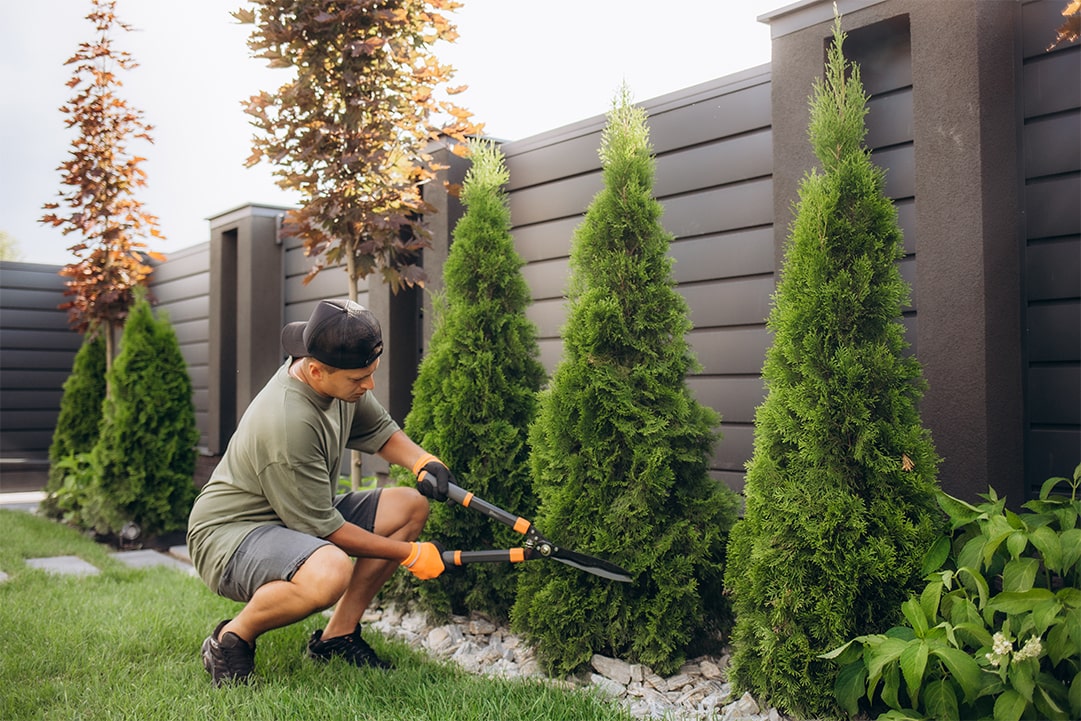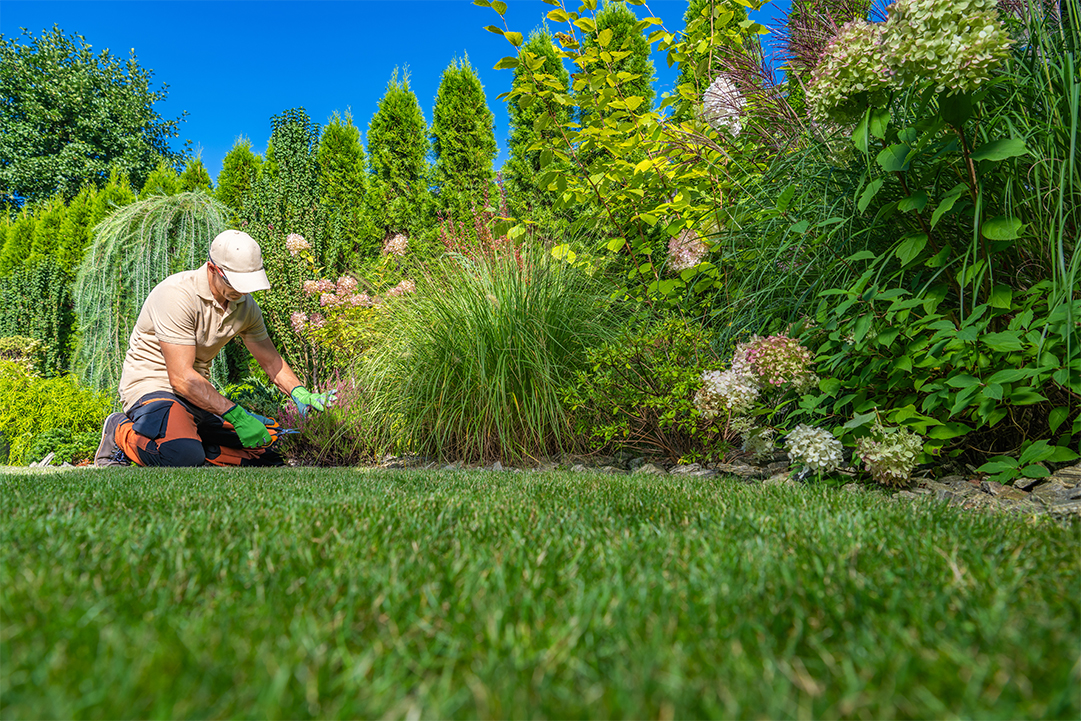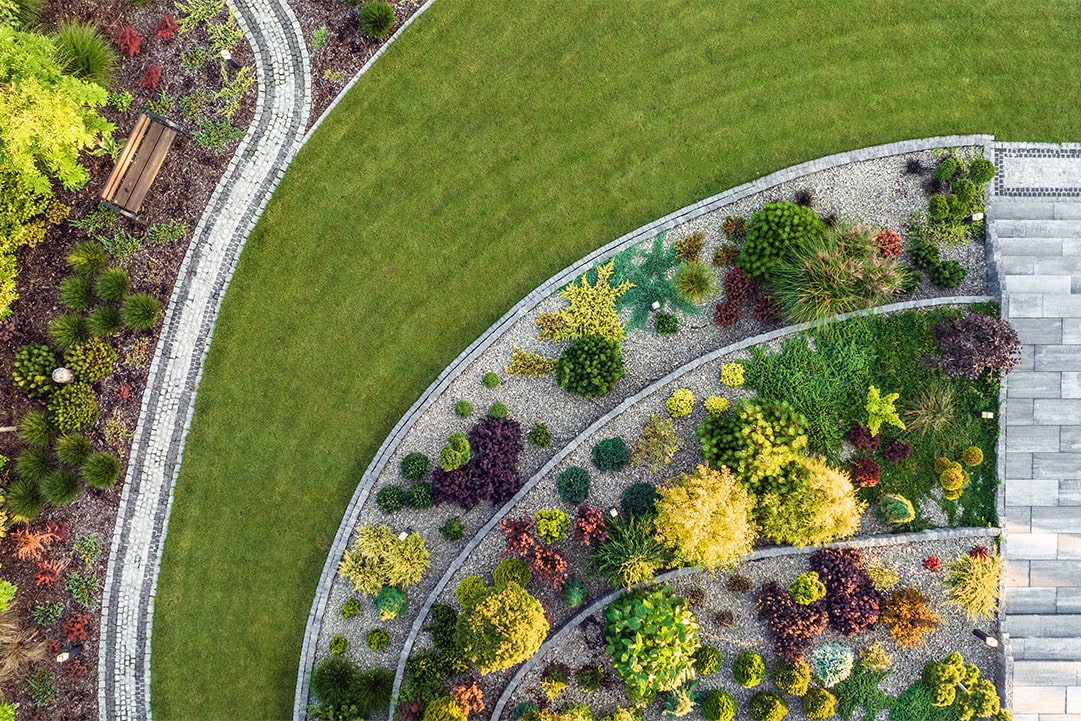Trees are vital to our environment and personal spaces. Selecting, planting, and caring for them appropriately ensures their health and longevity. This article will guide you through the crucial aspects of tree care, starting right from choosing the appropriate tree for your environment.
In this article, you will learn:
- How to select the right tree for your specific environment.
- The essentials of tree planting and initial care.
- Key aspects of different tree types and how to choose them.
Embarking on this journey of tree care will not only enhance your surroundings but also contribute positively to the environment. Let’s delve into the world of tree care and explore how we can nurture these natural wonders.
Understanding Tree Types and Selection
Choosing the Right Type of Tree
The journey to a thriving garden begins with selecting the right tree. This choice should be informed by the purpose you envisage, such as shade, fruit, or aesthetics. It’s also crucial to consider the limitations of your planting site, like available space and sun exposure. Another vital factor is the hardiness zone of your area, which determines which trees are best suited to your climate.
Selecting a Healthy Tree
The foundation of healthy tree growth is choosing a robust tree. When selecting bare-root seedlings, look for well-developed root systems. For balled and burlapped trees, ensure the root ball is firm and intact. If opting for container-grown trees, check for signs of root circling which indicates potential future growth issues.
Working Within Your Climate
Your local climate plays a pivotal role in tree selection. Understanding your area’s hardiness zone helps in choosing trees that can thrive in your specific conditions. Additionally, consider factors like sun exposure and soil acidity, as these greatly affect a tree’s health and growth.
Planting and Early Care
Planting a Tree
Planting a tree is more than just digging a hole. It involves a series of steps to ensure your tree has the best start. This includes preparing the planting site, correctly placing the tree in the ground, and ensuring proper soil and root contact.
Proper Mulching Techniques
Mulching is essential for retaining soil moisture and temperature. It also helps in weed control. However, it’s important to apply mulch correctly, avoiding common mistakes like “volcano mulching,” which can harm the tree.
Tree Watering Guidelines
Water is crucial, especially for newly planted trees. During the first two years, regular watering helps in root establishment. The guidelines vary based on soil type, weather, and tree species, but the key is to ensure consistent soil moisture.
Advanced Tree Care and Maintenance
Pruning and Fertilization Techniques
As trees mature, they require more advanced care techniques. Pruning is essential for maintaining tree health and shape. It should be done with an understanding of the tree’s natural growth pattern. Fertilization, on the other hand, should be based on specific soil and tree needs, often determined by soil testing.
Protecting Trees from External Threats
Trees can face threats from construction activities, pests, and diseases. Protecting the root zone from construction damage and monitoring for pests and diseases are crucial for a tree’s health. Additionally, understanding the competition with turfgrass and addressing root competition can significantly impact a tree’s wellbeing.
Tree Establishment and Growth
Understanding Tree Establishment
The establishment phase is a critical period in a tree’s life. Depending on the tree’s size and species, this phase can last from a few years to several. During this time, the tree acclimates to its new environment, developing a strong root system and beginning its growth.
Mulching for Tree Health
Mulching, beyond its initial application, plays a continuous role in tree health. The right mulching practices help maintain soil moisture and temperature, crucial for the tree’s growth. It’s important to reapply mulch as needed, but with care to not over-mulch.
Pruning and Fertilization
Pruning Techniques
Pruning is not just about aesthetics; it’s vital for the tree’s health. Seasonal pruning, following the tree’s growth cycle, helps in removing dead or diseased branches, encouraging healthy growth, and maintaining the tree’s shape.
Fertilization Tips
Fertilization should be a targeted approach, based on soil test results. Different tree ages require different nutrients. Over-fertilization can be as harmful as under-fertilization, so it’s crucial to strike the right balance.
Protecting Trees from External Threats
Avoiding Construction Damage
Construction activities can severely impact tree health. Strategies like establishing root protection zones can prevent damage to the roots, which are vital for the tree’s survival.
Insect and Disease Monitoring
Regular checks for pests and diseases are key to early detection and treatment. This proactive approach can save a tree from severe damage or even death.
Competition with Turfgrass
Trees often compete with turfgrass for nutrients and water. Addressing this competition, possibly through strategic planting and care, is essential for the tree’s health.
Irrigation and Pruning Practices
Importance of Irrigation
Proper irrigation is crucial for the health of established trees. The watering needs vary depending on the species, age, and local climate. Regular, deep watering encourages deep root growth, which is essential for the tree’s long-term stability and health.
Pruning Schedule
The early years of a tree’s life are critical for shaping its future growth. Establishing a regular pruning schedule during these years can prevent many common problems. Pruning should be done with care to promote a strong, healthy structure for the tree.
FAQs
How to Choose the Right Fertilizer for Trees?
Choosing the right fertilizer involves understanding the specific nutrient needs of your tree, which can vary based on its age, species, and soil conditions. A soil test can be particularly helpful in determining these needs, guiding you to select a fertilizer that best supports your tree’s growth and health.
Can Pruning Be Done in Any Season?
While pruning can technically be done at any time, the best season for pruning most trees is during the dormant period in late winter before spring growth starts. This timing reduces stress on the trees and helps prevent the spread of diseases. However, certain species may have specific pruning requirements.
What Are the Signs That a Tree Is Unhealthy?
Signs of an unhealthy tree include discolored leaves, premature leaf drop, a lack of new growth, visible pests, fungi, or unusual trunk or root growth. Early detection of these signs can be crucial for taking corrective actions to save the tree.
In this article, we’ve journeyed through the essential aspects of tree care, from understanding the importance of selecting the right tree for your environment, to the basics of tree planting and initial care. We delved into the nuances of different tree types, the art of proper planting, and the complexities of advanced tree maintenance.
Key takeaways from this guide include:
- The critical role of selecting the right tree for your specific environment.
- Fundamental steps for planting and caring for your tree in its early stages.
- Advanced techniques in pruning, fertilization, and protection to ensure your tree’s health and longevity.
As you embark on your tree care journey, remember that each tree has its unique needs and contributions. The care you provide today lays the foundation for a healthier, greener tomorrow.




